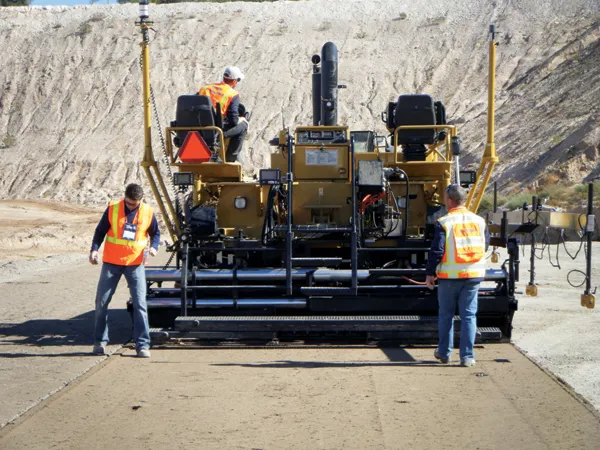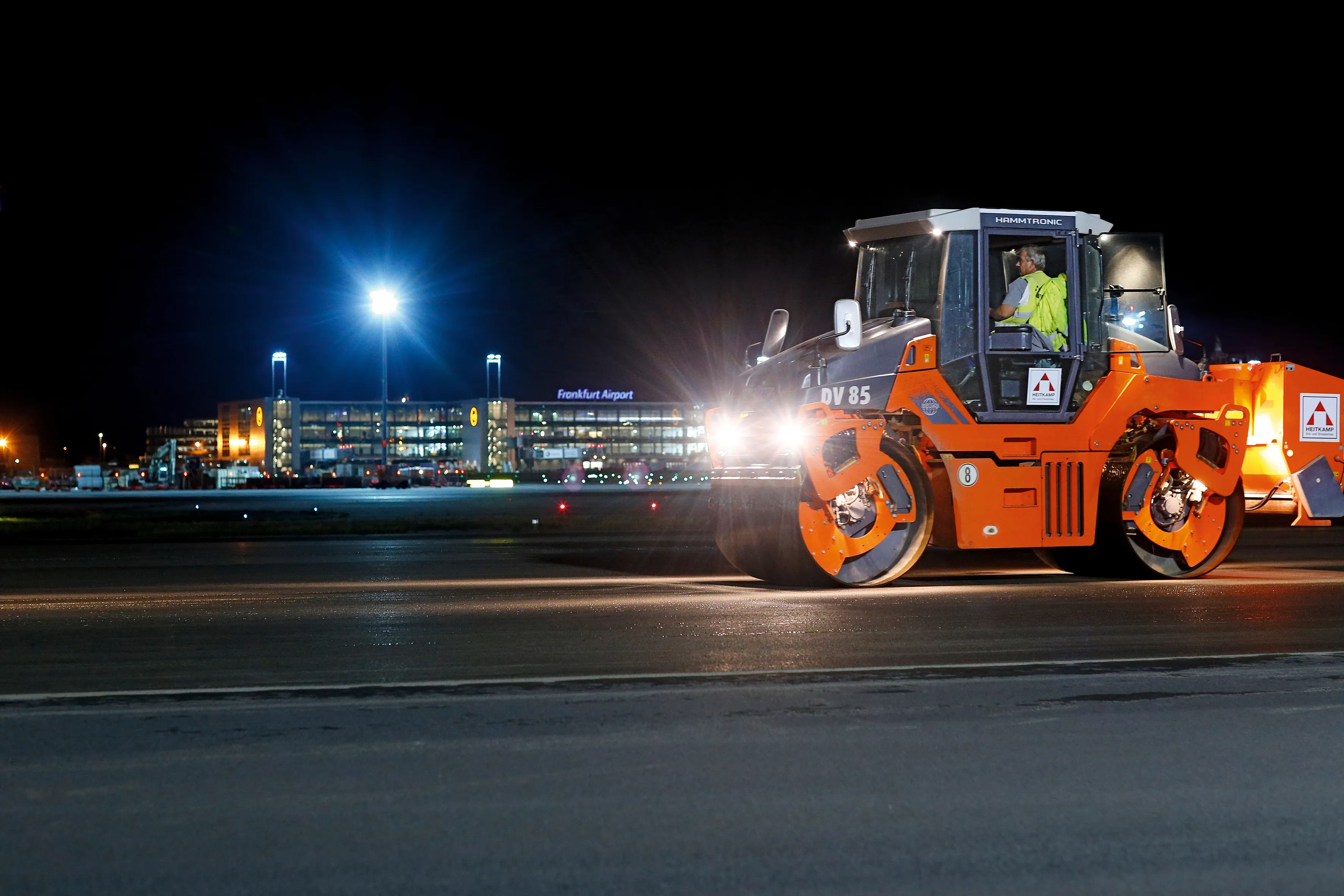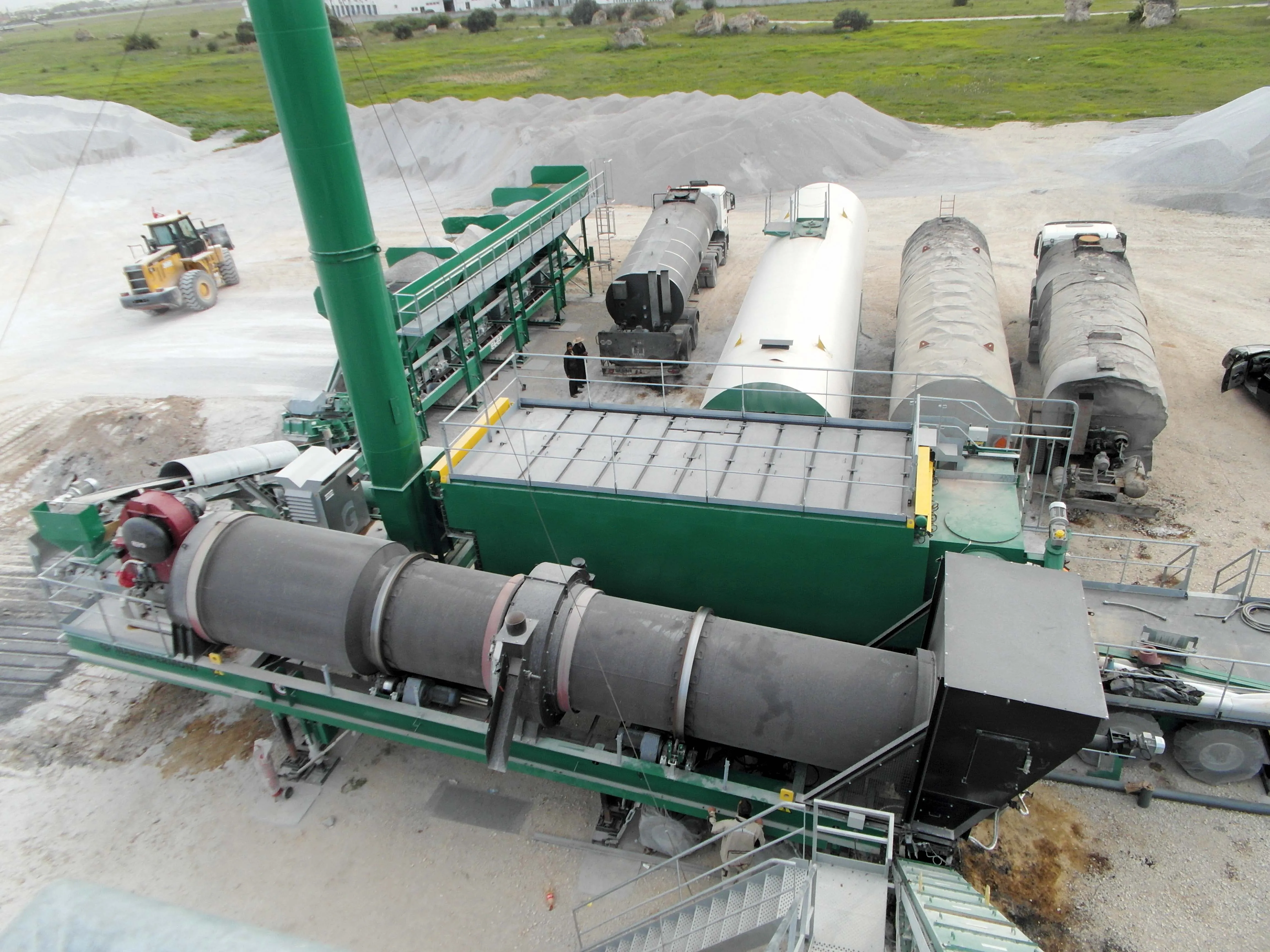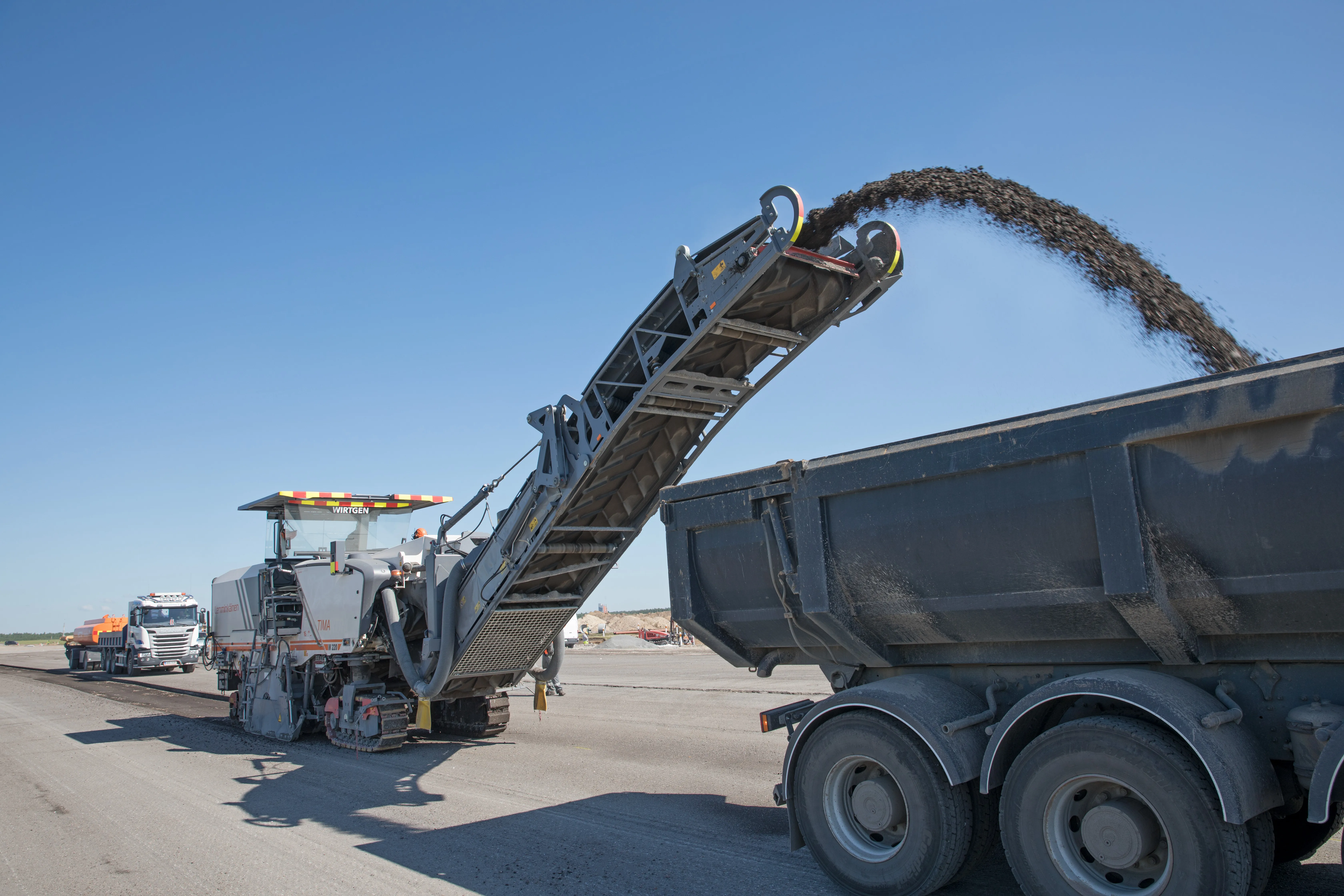Hamburg’s Finkenwerder airport is now benefiting from a new runway surface following work carried out by contractor KEMNA BAU.
The company recently used machines from Dynapac to resurface 36,000m2 of the runway track in Hamburg-Finkenwerder, a facility used by Airbus. The airport handles around 10-15 take-offs and landings/day when aircraft are either undergoing flight testing or being delivered to customers, as well as for deliveries of components by transport aircraft.
The project was tricky as the
August 21, 2013
Read time: 3 mins
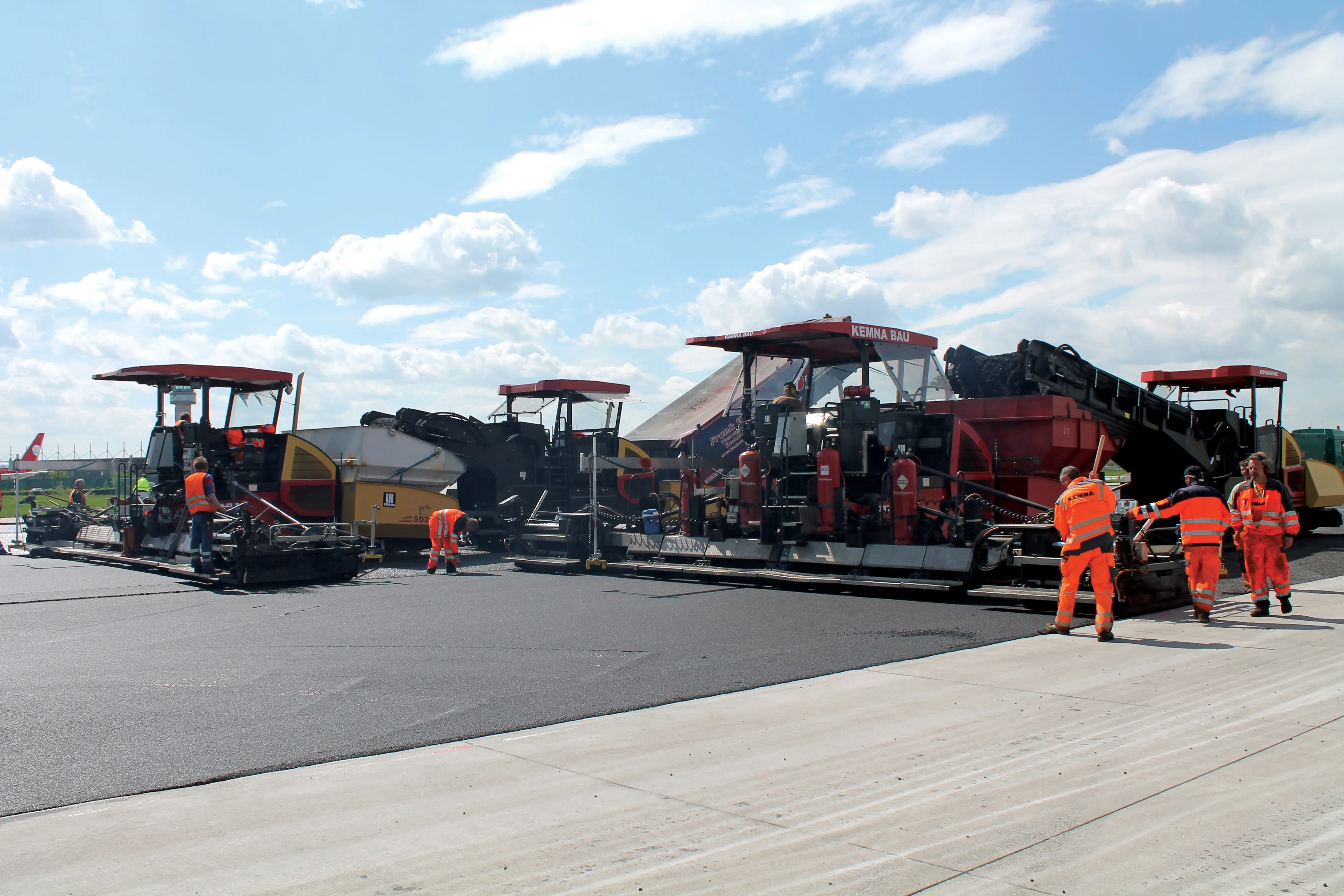
Hamburg’s Finkenwerder airport is now benefiting from a new runway surface following work carried out by contractor KEMNA BAU.
The company recently used machines fromThe project was tricky as the contractor had just four days in which to carry out the resurfacing so as to avoid impinging on air traffic. In this short time slot, the firm had to mill out the old asphalt surface down to the original binder course and then repave this with new asphalt. In addition, the contractor was also responsible for the subsequent application of the markings.
To meet the tight time schedule, the contractor used machines working together. Three Dynapac pavers were brought to the site along with Dynapac material feeders to meet the high surface requirements stipulated by the aircraft manufacturer Airbus. The three SD2550CS pavers were set up with R300 TV rigid screeds that were 12m wide. “In order to progress as quickly as possible, we decided to use two staggered machine units, consisting of a paver and a feeder,“ Henning Peter from KEMNA BAU explained. In case of any problems with the equipment, the third Dynapac paver and materials feeder were near at hand on standby.
The firm used the latest version of the MF2500 CS feeder with its short conveyor, which was launched at the
both machines worked reliably, with the standby units not being required in the end. As the two pavers were used alongside each other, they were also able to lay the surface with a hot-to-hot joint, which allowed a better bond and will contribute to a longer working life, as well as improving surface quality.
The contractor was able to use the machines to pave the surface and meet the tight quality requirements of the client. The specification stated that the new asphalt surface would not deviate more than +/-0.2% from the desired slope, while unevenness to be a maximum of 3mm over a 4m long test section.


